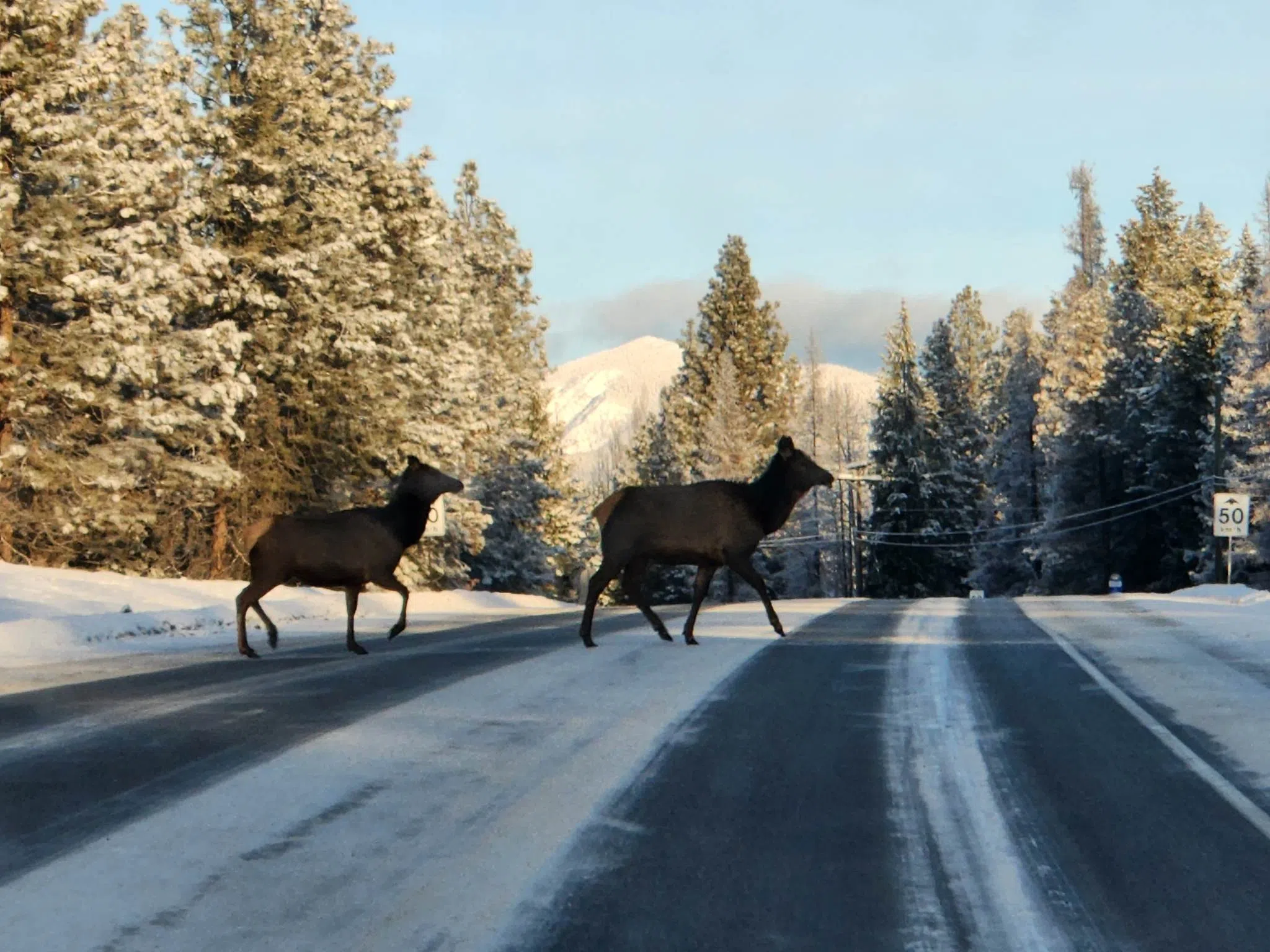Wildlife tracking project aims to make Highway 3 safer

A research initiative underway in southwest Alberta is working to reduce wildlife-vehicle collisions and improve public safety along Highway 3, a major transportation route that connects directly to communities in southeastern British Columbia, including Cranbrook.
Researchers from conservation groups, universities, and the Alberta government are tracking grizzly bears, elk, and deer along a key section of Highway 3 between Lundbreck and the Alberta–British Columbia border.
The area includes the Crowsnest Pass communities of Coleman, Blairmore, Frank, Hillcrest, and Bellevue.
It also serves as a critical wildlife corridor and sees high traffic volumes from commercial vehicles and tourists traveling between Alberta and British Columbia.
The project uses satellite collars and 80 motion-sensitive cameras to collect data on wildlife movement.
This information will guide the design and placement of new wildlife crossings, such as overpasses, underpasses, fencing, and ramps.
The new infrastructures aim to reduce collisions and allow animals to move safely across the highway.
Similar systems along Highway 1 in Banff National Park have cut wildlife-vehicle collisions by more than 80 percent.
Officials are hopeful for comparable results along Highway 3, where collisions with animals account for about 60 percent of reported rural crashes.
The work is part of the Reconnecting the Rockies initiative, led by a partnership that includes the Nature Conservancy of Canada, the Government of Alberta, the Miistakis Institute, the University of British Columbia Okanagan, Biodiversity Pathways, and the Yellowstone to Yukon Conservation Initiative.
Funding for the project comes from multiple sources, including Parks Canada’s National Program for Ecological Corridors, the Calgary Foundation, the Wilburforce Foundation, the Woodcock Foundation, and Alberta’s Minister’s Special Licence Resident Draw Grants.
Officials say the project is an important step in balancing road safety with ecological health, with the goal of protecting both drivers and wildlife along the Highway 3 corridor.
For more details, visit the Nature Conservancy of Canada website.


Comments